What is a shale shaker?
Feb 25, 2025
The shale shaker is a crucial piece of equipment in the oil and gas drilling industry, mainly used for solid control in the drilling fluid system. The following is a detailed introduction:
Ⅰ. Structure
Screen Box: It is the main part of the shale shaker, usually fabricated from high-strength steel plates. The screen box serves to support the screen mesh and is designed to withstand the vibrations generated during operation.
Screens Mesh for Shale Shaker and Mud Cleaner: This is a key component for separating solid particles from the drilling fluid. Screen meshes are available in various materials, such as stainless steel wires and polyurethane. Moreover, different mesh counts of the screen mesh are employed according to the required separation precision.
Vibrator: The vibrator is responsible for inducing vibrations in the screen box. It is typically an electric motor equipped with an eccentric block. When the motor rotates, the eccentric block generates a centrifugal force, causing the screen box to vibrate.
Feeding Device: It is used to distribute the drilling fluid evenly onto the screen mesh. This ensures that the entire screen surface can be effectively utilized for the separation operation.
Underflow Collection System: After the drilling fluid passes through the screen mesh, the liquid portion (underflow) will be collected in a container or channel for further processing.
Ⅱ. Working PrincipleThe drilling fluid shale shaker is an essential piece of equipment in oil and gas drilling operations, etc., used for separating solid particles (such as cuttings) from the drilling fluid. Its working principle is mainly based on vibration and screening, as detailed below:
Vibration Generation: The shale shaker is usually driven by vibration motors, which are fitted with eccentric blocks. When the vibration motors are powered on and operate, the eccentric blocks rotate at high speed along with the motor shafts. Since the center of gravity of the eccentric blocks deviates from the center of the rotation axis, a centrifugal force is generated during the rotation process. This centrifugal force causes the vibration motors to vibrate, which in turn drives the entire screen box to vibrate. Depending on the configuration and installation method of the vibration motors, the vibration trajectory of the screen box can be categorized into linear, circular, or elliptical.
Linear Vibration: When two vibration motors rotate synchronously and in opposite directions, the vibration forces generated by the eccentric blocks cancel each other out in the direction parallel to the motor axes and combine into a resultant force in the direction perpendicular to the motor axes, causing the screen box to move linearly. This linear vibration mode is suitable for the screening of fine-grained materials, enabling the materials to jump linearly on the screen surface, which helps to improve the screening accuracy.
Circular Vibration: If there is only one vibration motor or two motors work in a specific coordinated manner, the screen box will generate a circular vibration trajectory. In circular vibration, the materials move in a circular path on the screen surface. This movement pattern has a good effect of lifting and loosening the materials and is suitable for processing coarse-grained materials, offering a relatively large processing capacity.
Elliptical Vibration: It combines the characteristics of linear vibration and circular vibration. By adjusting the parameters and installation angles of the vibration motors, the screen box can generate an elliptical vibration trajectory. Elliptical vibration can not only ensure a certain screening accuracy but also provide a relatively large processing capacity, making it suitable for the screening of materials under various working conditions.
Material Screening: The drilling fluid containing solid particles (such as cuttings) is evenly conveyed to the surface of the screen mesh through the feeding device. Due to the vibration of the screen box, the drilling fluid on the screen mesh is subjected to the combined action of the vibration force and its own gravity. Smaller particles (including fine solid particles that meet the requirements and the liquid phase) can pass through the mesh holes of the screen mesh and fall into the collection device below the screen box, becoming the undersize product (underflow); while larger solid particles (such as cuttings) cannot pass through the screen mesh, and they keep jumping and moving on the screen surface, gradually moving towards the discharge end of the screen mesh and finally being discharged from the discharge port, becoming the oversize product.
In actual operation, operators can also, based on the properties of the drilling fluid (such as solid phase content, particle size distribution, etc.) and processing requirements, adjust parameters such as the rotation speed of the vibration motors and the angles of the eccentric blocks to change the vibration frequency, amplitude, and vibration trajectory of the screen box, thereby optimizing the screening effect of the shale shaker and improving the processing efficiency and quality of the drilling fluid.
Ⅲ. Role in Drilling Operations
Removal of Solid Particles: Its primary function is to remove larger solid particles (cuttings) from the drilling fluid. By doing so, it helps to maintain the appropriate properties of the drilling fluid, such as density, viscosity, and fluid loss characteristics. This is of vital importance for the smooth progress of drilling operations.
Recycling of Drilling Fluid: After the solid particles are removed, the drilling fluid can be recycled, reducing the cost of replacing the drilling fluid and minimizing the environmental impact.
Equipment Protection: By reducing the solid content in the drilling fluid, the shale shaker helps to protect downstream equipment, such as pumps and other solid control devices, from excessive wear and tear.
Selecting a suitable drilling shaker requires comprehensive consideration of multiple factors to ensure that it can meet the needs of drilling operations. The following are some key considerations:
Processing Capacity: Determine the processing capacity of the shaker according to the scale of the drilling operation and the expected amount of drilling fluid generated. Generally speaking, a shaker with a larger processing capacity can handle more drilling fluid per unit time. Factors such as the flow rate, density, and solid phase content of the drilling fluid should be taken into account, and a shaker that can effectively handle these parameters should be selected. If the processing capacity is insufficient, it may lead to the overflow of drilling fluid, affecting the operation efficiency and quality.
Screening Precision: Select an appropriate screening precision according to the requirements for removing solid particles from the drilling fluid in the drilling operation. Different drilling operations may require screen meshes of different particle sizes to ensure that the unwanted solid particles can be effectively separated. Common screen mesh counts range from dozens to hundreds. The higher the mesh count, the higher the screening precision. For example, in some operations with high requirements for the purity of the drilling fluid, a screen mesh with a high mesh count may need to be selected.
Vibration Mode: Common vibration modes of drilling shakers include linear vibration, circular vibration, and elliptical vibration. The linear vibration shaker is suitable for the screening of fine-grained materials and features high screening precision; the circular vibration shaker has a larger processing capacity and is suitable for the screening of coarse-grained materials; the elliptical vibration shaker combines the advantages of linear vibration and circular vibration, offering a better screening effect and processing capacity. Select an appropriate vibration mode according to the actual drilling operation requirements and material characteristics.
Screen Mesh Material: The screen mesh is a crucial component of the drilling shaker, and its material directly affects the screening effect and service life. Common screen mesh materials include metal wire woven meshes, polyurethane screen meshes, etc. The metal wire woven mesh has high strength and wear resistance, making it suitable for processing large-particle materials and high-concentration drilling fluid; the polyurethane screen mesh has good elasticity and corrosion resistance, which can effectively prevent materials from blocking the screen holes, improve the screening efficiency, and is suitable for processing fine-grained materials and drilling fluid with strong corrosiveness. Select an appropriate screen mesh material according to the properties of the drilling fluid and material characteristics.
Reliability and Durability: Consider the structural design, manufacturing process, and material quality of the shaker, and select products with high reliability and durability. High-quality shakers should be made of high-strength materials and adopt advanced manufacturing processes to ensure long-term stable operation in harsh drilling environments. Check the brand reputation, user reviews, and after-sales service of the equipment, and choose suppliers with a good reputation and a complete after-sales service system to ensure that the equipment can be repaired and supported in a timely manner when a malfunction occurs.
Energy Consumption and Maintenance Cost: Select a shaker with relatively low energy consumption to reduce the cost of drilling operations. At the same time, consider the maintenance cost of the equipment, including factors such as the replacement frequency of the screen mesh, the price of spare parts, and their availability. Some shakers have a reasonable design, with convenient screen mesh replacement and strong versatility of spare parts, which can reduce the maintenance cost and downtime.
Compatibility with Existing Equipment: Ensure that the selected drilling shaker can be compatible with the existing drilling equipment and solid control system. Consider factors such as the interface size, installation method, and control mode of the shaker to ensure that it can be smoothly integrated into the existing drilling system and achieve efficient collaborative operation.
Safety Performance: Check whether the shaker is equipped with necessary safety protection devices, such as protective covers, anti-slip devices, etc., to ensure the safety of operators. Understand the vibration and noise level of the equipment, and select products that meet the safety standards and environmental protection requirements to avoid causing adverse effects on the operators and the surrounding environment.
Ⅳ. Shaker Models
ZS-752 shaker screen
Application Areas
Horizontal Directional Drilling (HDD) without Excavation: In trenchless construction projects such as laying underground pipelines, it is used to process the drilling fluid, separate solid particles such as cuttings from it, and ensure the performance and recycling of the drilling fluid.
Water Well Drilling: In water well drilling operations, it is used for the solid-liquid separation of the drilling fluid generated during the drilling process, removing impurities, and improving the drilling efficiency and the quality of the water well.
Diamond Core Drilling: It is used to process the drilling fluid in the diamond core drilling process, separating solid particles such as cuttings from the drilling fluid, which helps to protect the drilling equipment and improve the drilling accuracy.
Product Features
High Screening Efficiency: With advanced linear vibration technology and a reasonable screen mesh design, it can effectively separate solid particles of different particle sizes and improve the quality of the drilling fluid.
Excellent Material Quality: The screen mesh is made of high-strength and corrosion-resistant stainless steel materials, and the screen frame is made of high-quality steel. After precise processing and heat treatment, it has good wear resistance, high strength, and strong stability.
Reliable Operation: Equipped with advanced motors and a control system, it has overload protection and fault alarm functions, which can ensure the stable operation of the equipment and guarantee the safety of the operation.
ZS-583 shaker screen
Application Areas
Oil and Gas Drilling: In the exploration and development of oil and gas, it is used to process the drilling fluid, separate solid phase particles such as cuttings from it, ensure the performance of the drilling fluid, improve the drilling efficiency, and reduce the cost.
Coalbed Methane Development: In the coalbed methane drilling process, it is used for the solid-liquid separation of the drilling fluid, removing impurities, and providing a guarantee for the subsequent coalbed methane extraction.
Horizontal Directional Drilling: In trenchless projects such as laying underground pipelines, it is used to process the mud generated during the drilling process, enabling the mud to be recycled and improving the construction efficiency.
Product Features
Large Processing Capacity: With a relatively large screen mesh area and a reasonable structural design, it can efficiently process a large amount of drilling fluid.
High Screening Precision: According to different drilling requirements, screen meshes with appropriate mesh counts can be selected to effectively separate solid particles of different particle sizes.
Good Stability: Using high-quality materials and advanced manufacturing processes, the equipment operates stably and reliably and can adapt to harsh working environments.
Easy Operation and Maintenance: It has a simple and easy-to-understand operation interface, which is convenient for the staff to operate and maintain. Moreover, the screen mesh is easy to replace.
ZS-584 shaker screenApplication Areas
Oil and Gas Drilling: It is used to process the drilling fluid and separate solid phase particles such as cuttings to ensure the performance of the drilling fluid.
Coalbed Methane Development: In the drilling process, it is used for the solid-liquid separation of the drilling fluid and removing impurities.
Other Drilling Projects: Such as geological exploration, geothermal drilling, and other fields, it is used for the solid-liquid separation of the mud in the drilling process.Product Features
High Excitation Intensity: The excitation intensity can reach up to 8.0G and is adjustable, which can effectively separate the solid phase and the liquid phase and dry the cuttings.
Stable Operation: The screen box undergoes integral heat treatment, which enables it to work stably for a long time under high excitation intensity; the thermal relay in the electrical control box has overload and phase failure protection functions.
Convenient Feeding: The hopper feeding method effectively reduces the feeding height, making it convenient for the conveyor to feed.
ZS-585S shaker screenApplication Areas
Similar to other similar shale shakers, it is widely used in oil and gas drilling, coalbed methane development, horizontal directional drilling, diamond core drilling, water well drilling, and other fields for the solid-liquid separation of the drilling fluid.
Product Features
Large Processing Capacity: With a relatively large screen mesh area and high vibration intensity, it can handle a large amount of drilling fluid, meeting the needs of drilling operations of different scales.
High Screening Precision: According to the size of the solid phase particles in the drilling fluid, screen meshes with appropriate mesh counts can be selected to effectively separate solid particles of different particle sizes and improve the purification effect of the drilling fluid.
Good Stability: The screen box has undergone integral heat treatment, which enables it to work stably for a long time under high excitation intensity; the equipped vibration motors and electrical components are mostly from well-known brands, and the operation is reliable.
Easy Operation and Maintenance: It has a simple and easy-to-understand operation interface, which is convenient for the staff to operate and maintain. The screen mesh is easy to replace, and the disassembly and installation of the screen mesh can be completed quickly, improving the work efficiency.
Ⅴ. Screen Mesh Materials The reasonable selection of the screen mesh material and aperture of the shale shaker is of great significance for ensuring the treatment effect of the drilling fluid, improving the screening efficiency, and extending the service life of the screen mesh. The following is a detailed introduction:
1.Metal Wire Woven Mesh
Material Characteristics: Common types include stainless steel wires (such as 304 and 316 stainless steel), low-carbon steel wires, etc. Stainless steel wires have good corrosion resistance and can adapt to various chemical components that may be present in the drilling fluid, especially suitable for processing corrosive drilling fluid; low-carbon steel wires have high strength and wear resistance and are relatively low in cost.
Application Scenarios: In the processing of large-particle and high-concentration drilling fluid, or in working conditions with high requirements for wear resistance, the metal wire woven mesh performs outstandingly. For example, in some shallow drilling operations or drilling operations in complex geological conditions with larger cutting particles, this screen mesh can withstand greater impact forces and wear.
2.Polyurethane Screen Mesh
Material Characteristics: Polyurethane is a polymer synthetic material with excellent elasticity and wear resistance. Its elasticity can effectively prevent materials from blocking the screen holes, and it can maintain a high screening efficiency even when processing viscous drilling fluid. In addition, the polyurethane screen mesh also has good corrosion resistance and can adapt to a variety of chemical environments.
Application Scenarios: It is suitable for processing fine-grained materials and drilling fluid with strong corrosiveness. In deep drilling operations or operations with high requirements for the purification of the drilling fluid, the polyurethane screen mesh can more precisely separate out fine solid phase particles and improve the purity of the drilling fluid. At the same time, due to its good elasticity and wear resistance, its service life is relatively long.
3.Composite Screen Mesh
Material Characteristics: It is composed of metal wires and materials such as polyurethane. Usually, the metal wires serve as the framework to provide strength and support, and the polyurethane covers the surface of the metal wires to play the roles of wear resistance and anti-blocking. This composite structure combines the advantages of the strength of the metal wires and the elasticity and wear resistance of the polyurethane.
Application Scenarios: It is suitable for various complex drilling working conditions. It can not only process large-particle cuttings but also effectively separate fine solid phase particles. At the same time, it also has good corrosion resistance and anti-blocking performance. In some drilling operations with high requirements for the comprehensive performance of the screen mesh, the composite screen mesh is a good choice.
Ⅵ. Screen Mesh Aperture
Particle Size of Solid Phase in Drilling Fluid: This is the most important basis for selecting the screen mesh aperture. It is necessary to analyze the particle size distribution of the solid phase particles in the drilling fluid and understand the content of particles of different particle sizes. Generally speaking, the screen mesh aperture should be slightly smaller than the maximum particle size of the solid phase particles to be separated to ensure that these particles can be effectively intercepted. For example, if most of the solid phase particles in the drilling fluid have a particle size between 0.1-0.5mm, then a screen mesh with an aperture of 0.08-0.4mm can be selected to achieve a better screening effect.
Drilling Operation Stage: The properties of the drilling fluid and the composition of the solid phase particles will change at different stages of the drilling operation. In the initial stage of drilling, it may mainly be loose materials on the surface of the earth, with larger particles; as the drilling depth increases, the cutting particles will gradually become smaller. Therefore, it is necessary to adjust the screen mesh aperture according to the actual situation at different stages. For example, in the initial stage of drilling, a screen mesh with a larger aperture can be used to quickly remove larger particles; in the later stage of drilling, it can be replaced with a screen mesh with a smaller aperture to further purify the drilling fluid.
Performance Requirements of Drilling Fluid: Different drilling operations have different requirements for the performance of the drilling fluid, such as density, viscosity, and sand content. The selection of the screen mesh aperture should help meet these performance requirements. If a lower sand content of the drilling fluid is required, a screen mesh with a smaller aperture needs to be selected to separate out as many solid phase particles as possible; if a higher viscosity of the drilling fluid is required, it may be necessary to appropriately adjust the screen mesh aperture to avoid excessive screening, which may lead to the loss of useful components in the drilling fluid.
Ⅶ. Daily Maintenance Techniques
1.Screen Mesh Maintenance
Check the Wear Condition of the Screen Mesh: Before starting the equipment each time and during its operation, inspect the surface of the screen mesh for any damage, holes, or severely worn areas. Pay special attention to the edges and fixed parts of the screen mesh, as these areas are prone to damage due to stress concentration. If the screen mesh is found to be severely worn, it should be replaced in a timely manner to avoid affecting the screening effect and the operation of the equipment.
Clean the Blockages on the Screen Mesh: The solid-phase particles in the drilling fluid may block the holes of the screen mesh, reducing the screening efficiency. Regularly (such as every few working hours) use a soft brush or a special screen mesh cleaning tool to clean the blockages on the surface of the screen mesh. Avoid using sharp tools to prevent damage to the screen mesh. For highly viscous blockages, the screen mesh can be rinsed with low-pressure water, but be careful not to use excessive pressure, as it may damage the structure of the screen mesh.
Adjust the Tension of the Screen Mesh: The tension of the screen mesh has an important impact on the screening effect. A screen mesh that is too loose will cause the materials to slide on the screen surface, affecting the screening efficiency and may also accelerate the wear of the screen mesh; a screen mesh that is too tight may be damaged prematurely due to excessive stress. Regularly check the tension of the screen mesh and adjust it as needed. Generally speaking, the screen mesh should make a clear and crisp sound after being tensioned.
2.Vibration Motor Maintenance
Check the Motor Temperature: During the operation of the equipment, frequently check the temperature of the vibration motor. If the motor temperature is too high, it may be caused by reasons such as excessive load, poor heat dissipation, or motor failure. Once the motor temperature is found to be abnormal, stop the machine immediately for inspection, identify the cause, and deal with it in a timely manner. Tools such as an infrared thermometer can be used to measure the surface temperature of the motor.
Lubricate the Motor Bearings: According to the recommendations of the motor manufacturer, regularly lubricate the bearings of the vibration motor. Use appropriate lubricating grease and ensure that the amount of lubricating grease added is appropriate. Too much or too little lubricating grease may affect the service life of the bearings. When adding lubricating grease, pay attention to cleanliness and avoid impurities from entering the bearings.
Tighten the Motor Mounting Bolts: The vibration motor will generate vibrations during operation, which may cause the mounting bolts to loosen. Regularly check and tighten the mounting bolts of the motor to prevent the motor from loosening and affecting the normal operation of the equipment and the vibration effect.
3.Screen Box and Other Components Maintenance
Check the Connection Parts of the Screen Box: Inspect all the connection parts of the screen box, such as bolts, nuts, and welding points, to ensure that they are firm and reliable. Loose connection parts may cause abnormal vibrations of the screen box and even lead to equipment failures. When loose connection parts are found, tighten them in a timely manner.
Clean the Debris Inside the Screen Box: Regularly clean the debris and residual drilling fluid inside the screen box to keep the interior of the screen box clean. The accumulation of debris may affect the vibration effect of the equipment and may also corrode the internal components of the screen box.
Check the Vibration Damping Device: The shale shaker is usually equipped with a vibration damping device, such as a vibration damping spring or a rubber shock absorber. Check whether these vibration damping devices are damaged, deformed, or aged. If the vibration damping device fails, it will cause excessive vibrations of the equipment, affecting the stability and service life of the equipment, and it should be replaced in a timely manner.
4.Electrical System Maintenance
Check the Electrical Circuits: Regularly inspect the electrical circuits of the equipment for any damage, aging, short circuits, or other problems. Ensure that the connections of the electrical circuits are firm and that there are no loose plugs or sockets. For damaged electrical circuits, replace them in a timely manner to ensure the electrical safety of the equipment.
Clean the Electrical Control Box: The dust and debris inside the electrical control box may affect the normal operation of the electrical components. Regularly clean the interior of the control box to keep it dry and clean. Compressed air can be used to blow away the dust, and avoid using a damp cloth to wipe it to prevent short circuits.
By following the above daily maintenance techniques, the service life of the shale shaker can be effectively extended, its work efficiency and reliability can be improved, and the smooth progress of drilling operations can be ensured.
Read More





 Language :
Language : English
English Русский
Русский عربي
عربي
 GET A QUOTE
GET A QUOTE

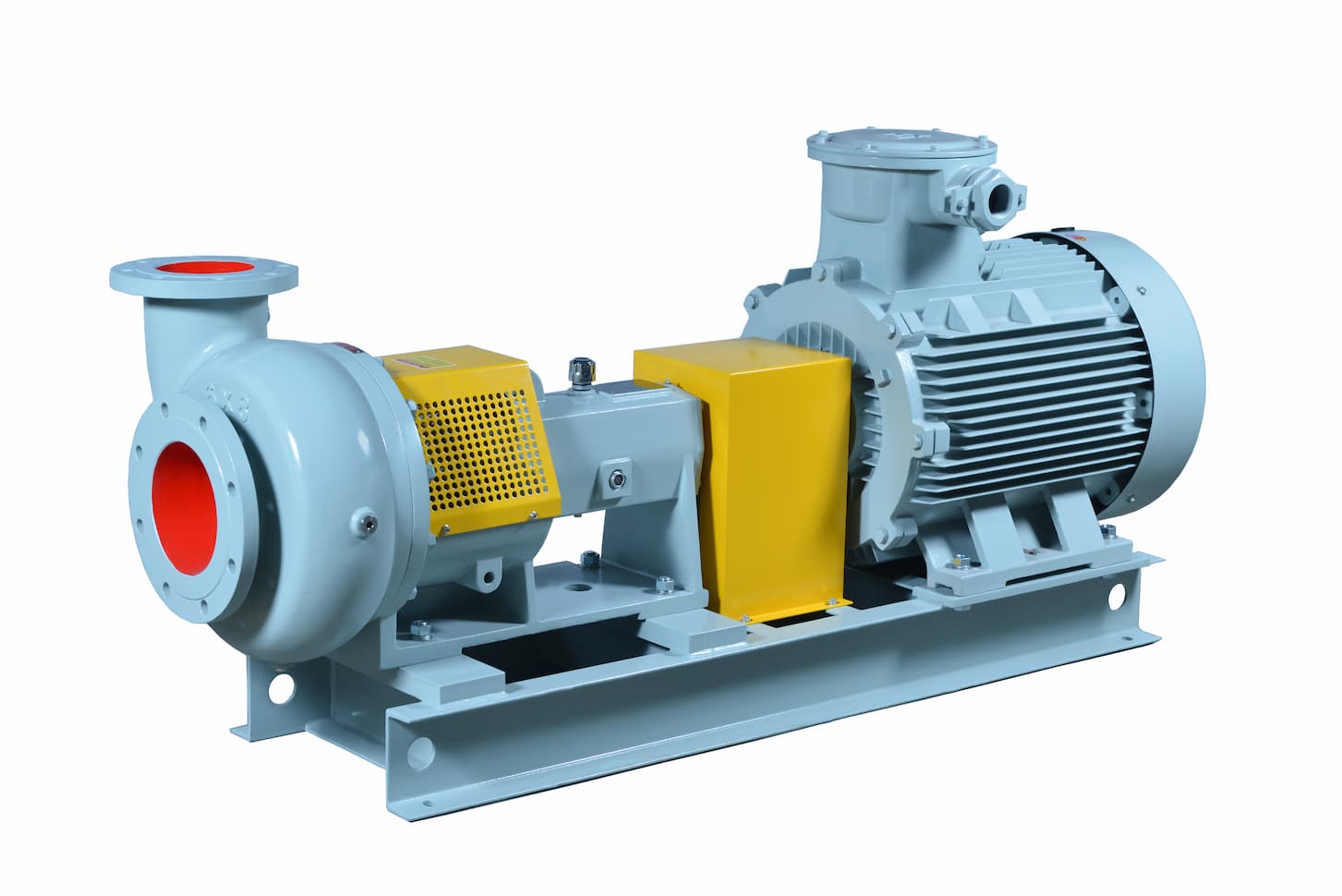
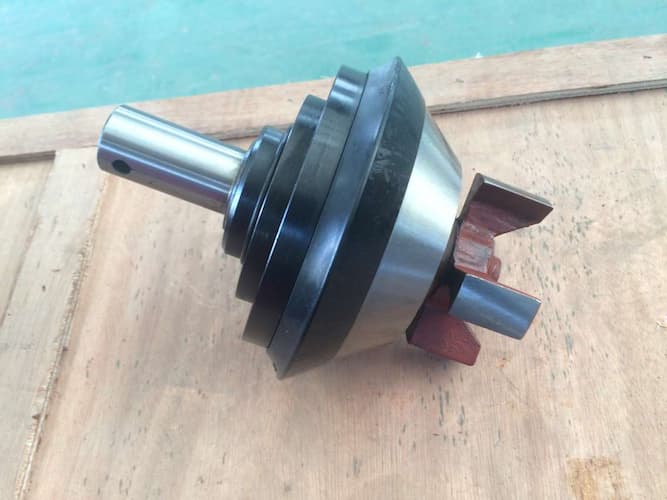
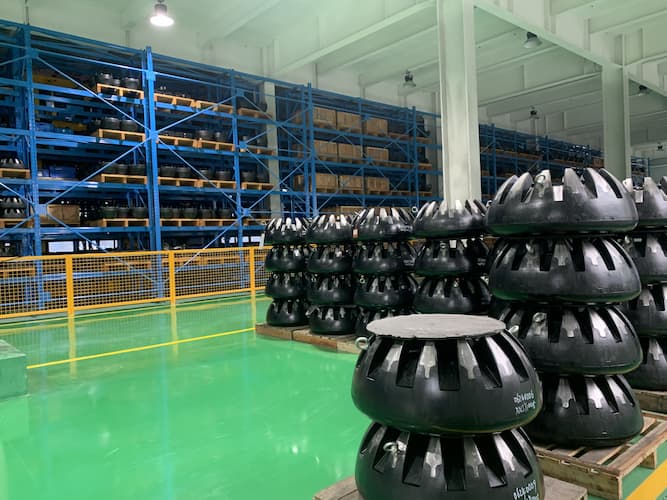
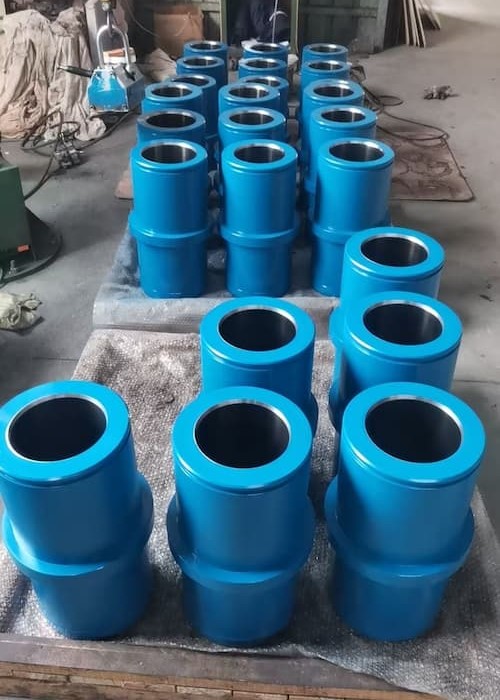
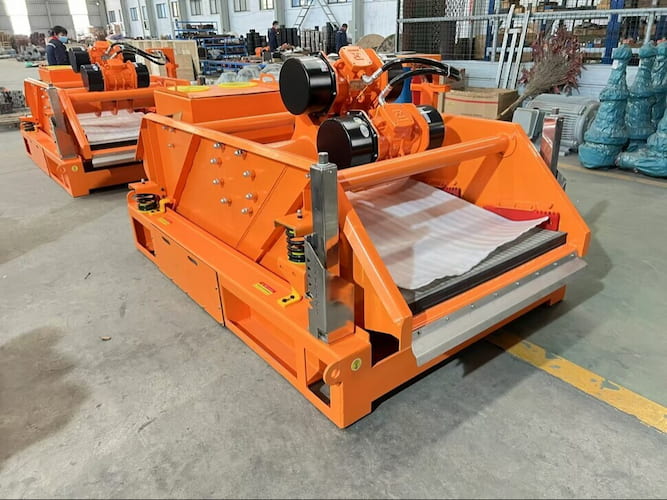
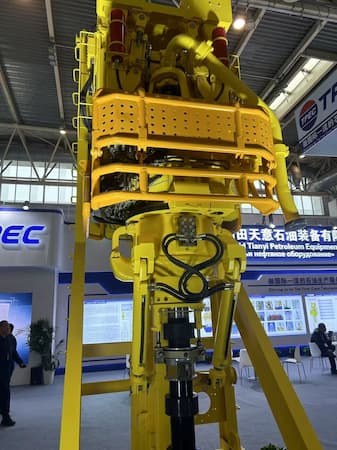
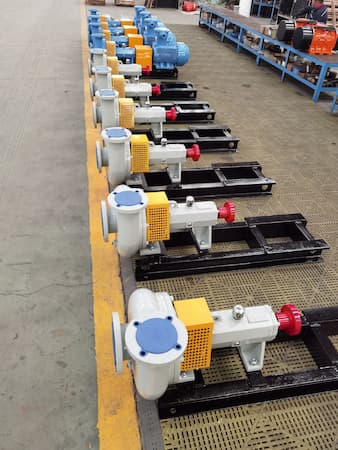
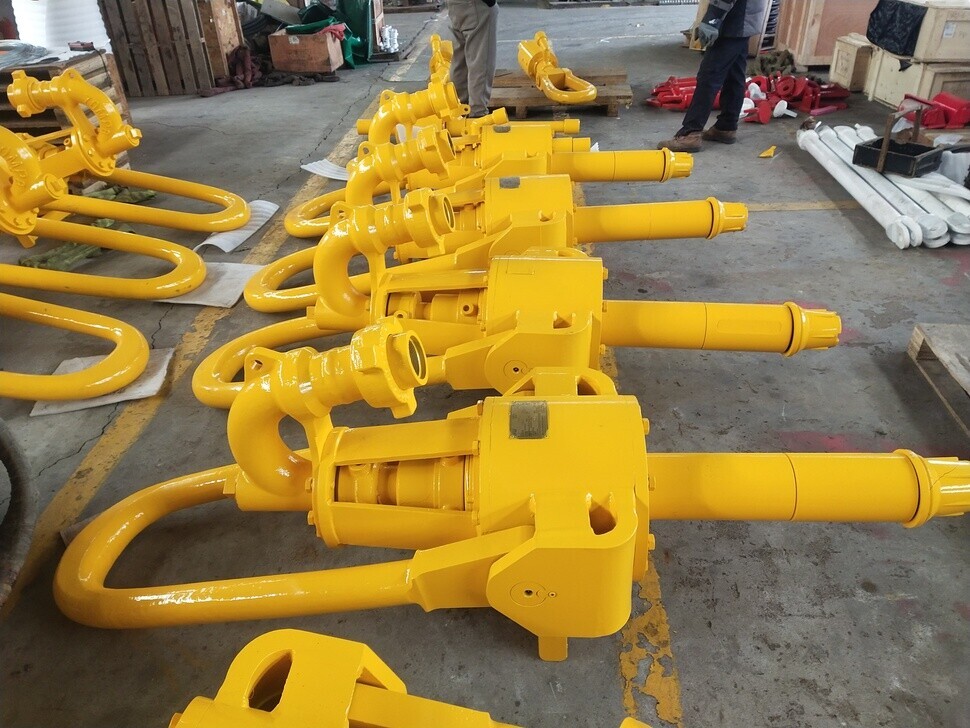
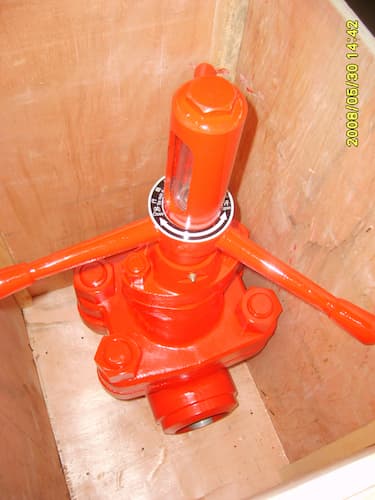
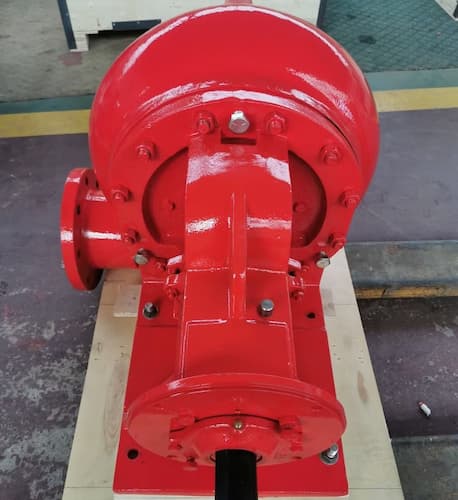
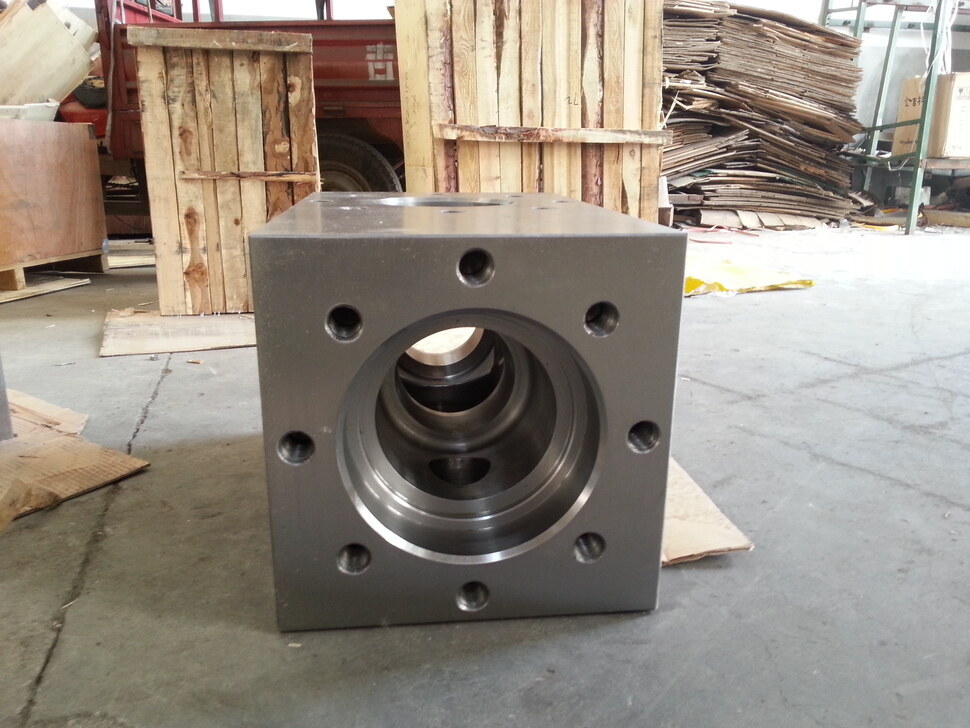
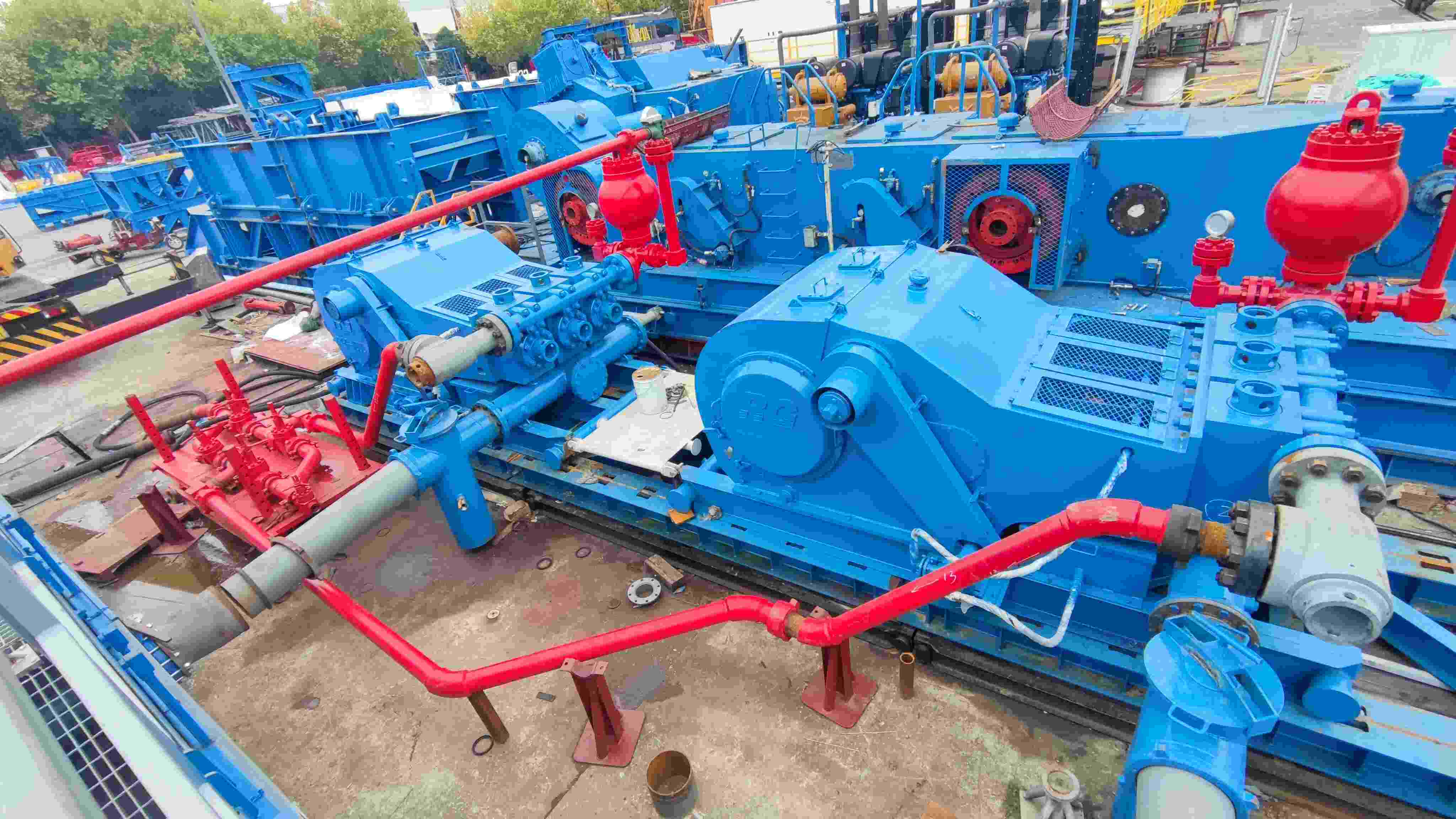

 IPv6 network supported
IPv6 network supported